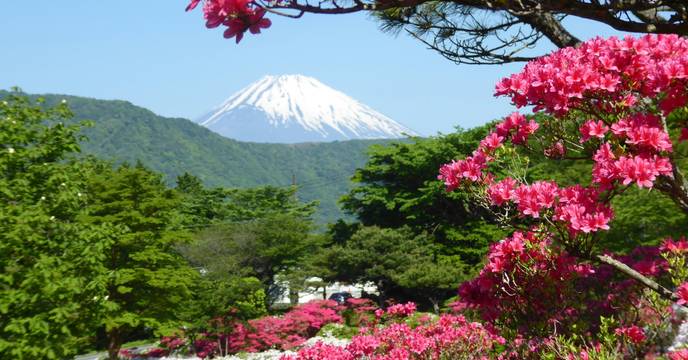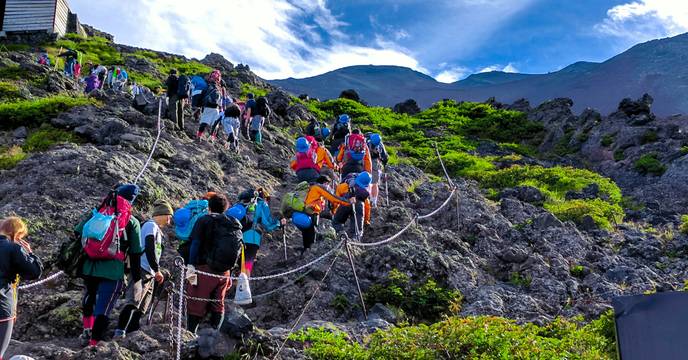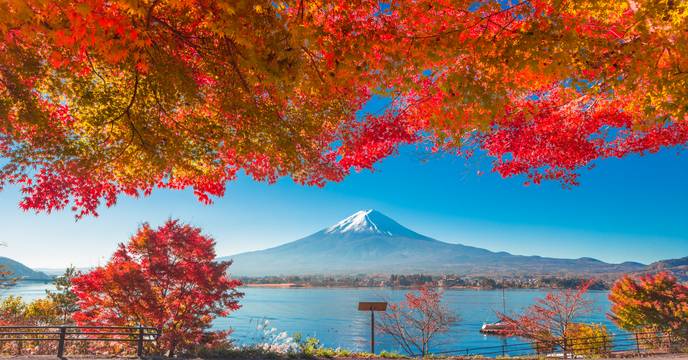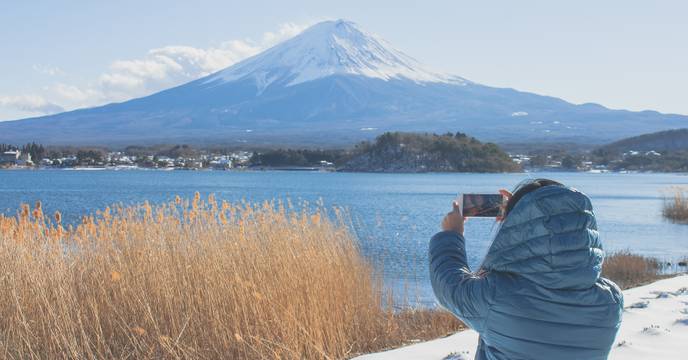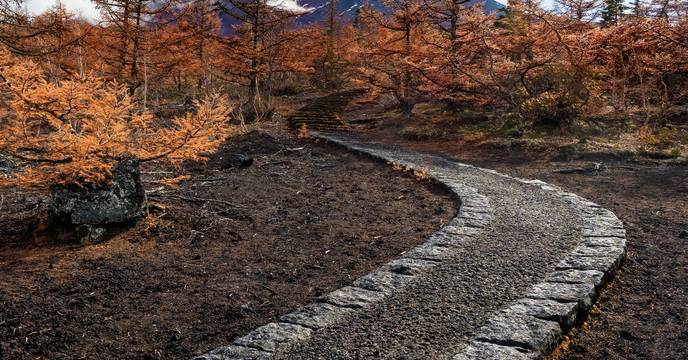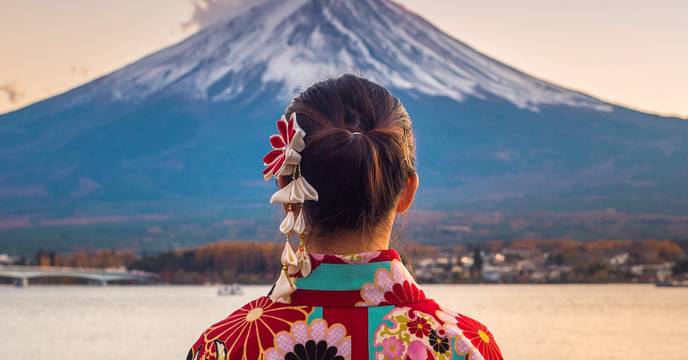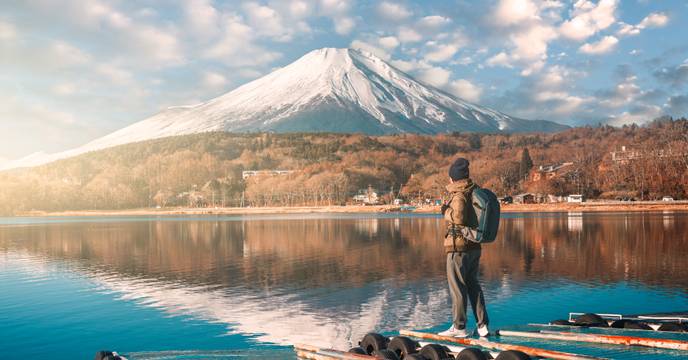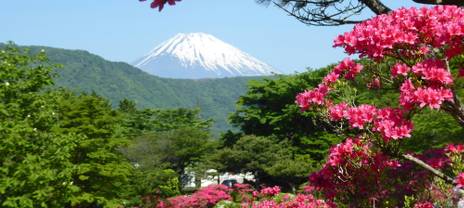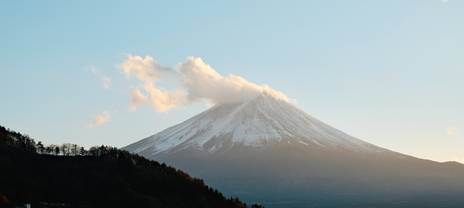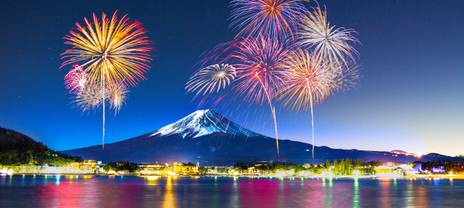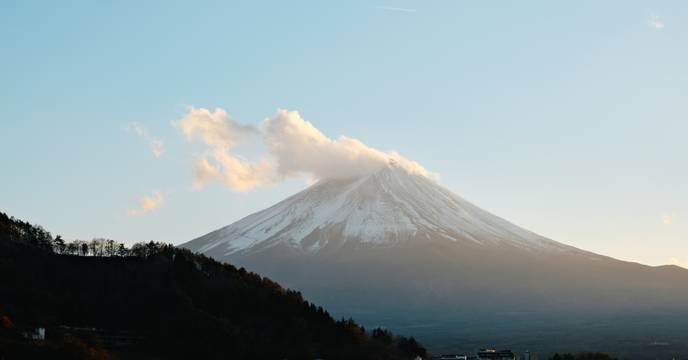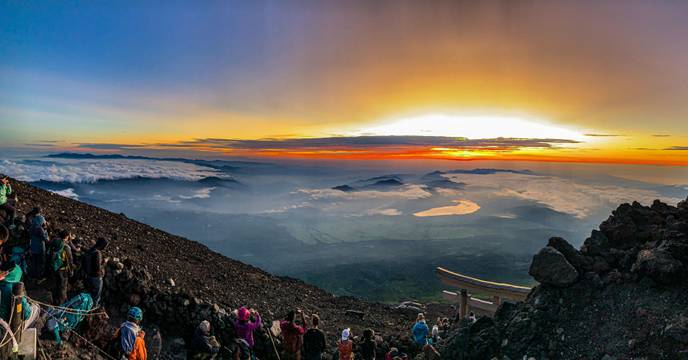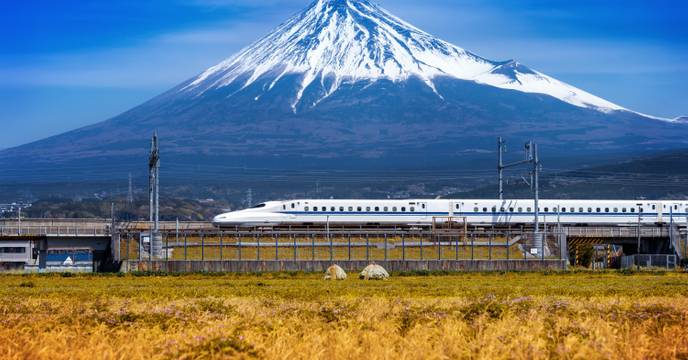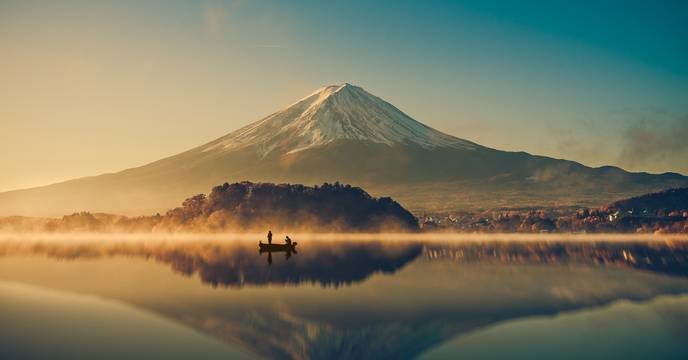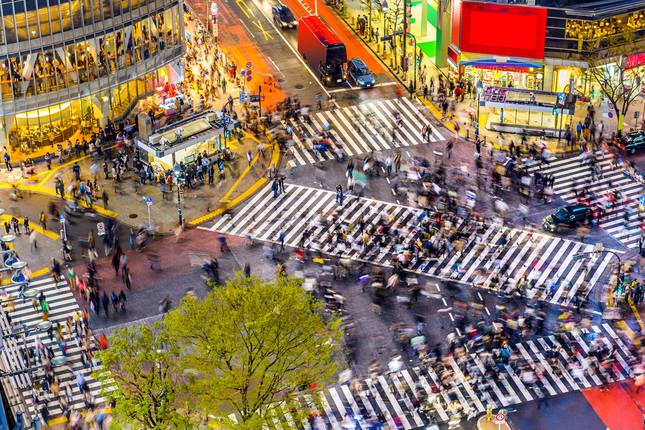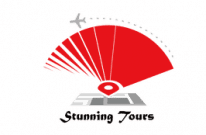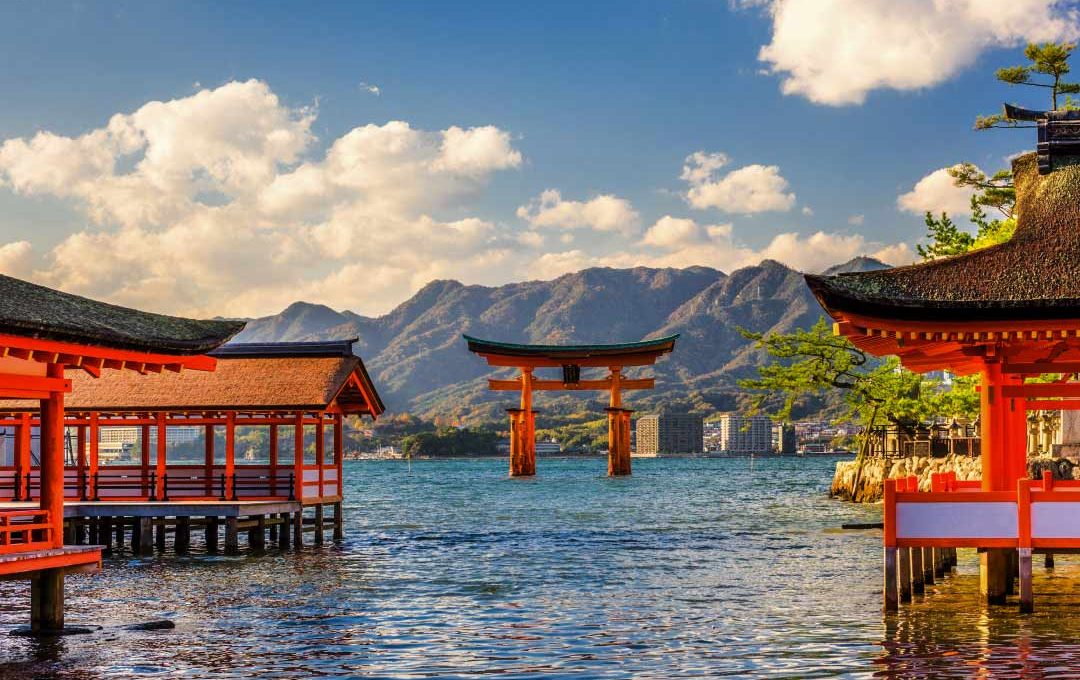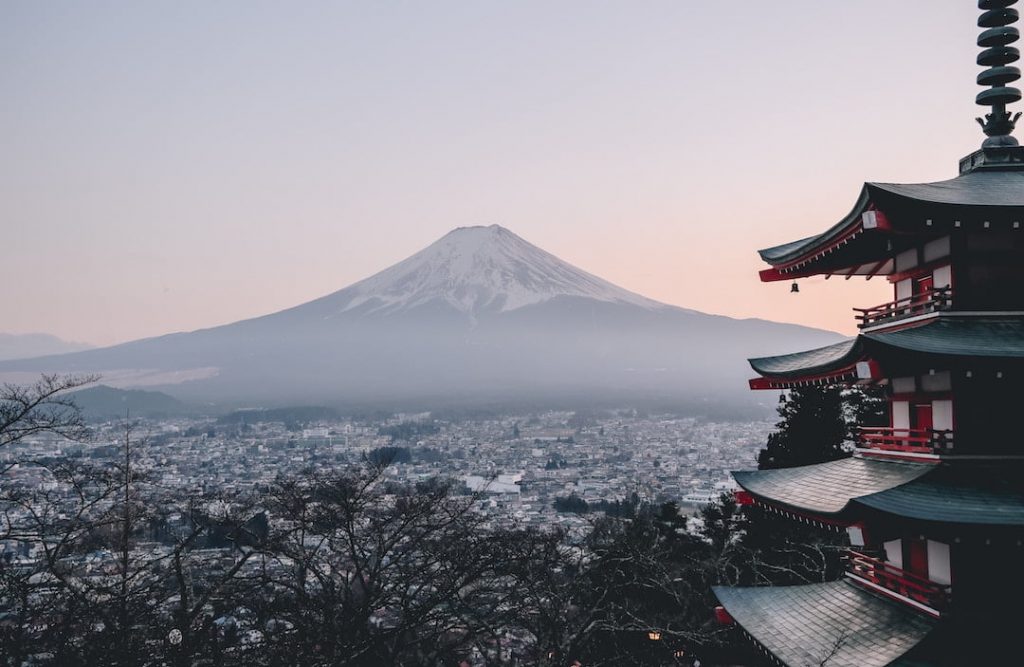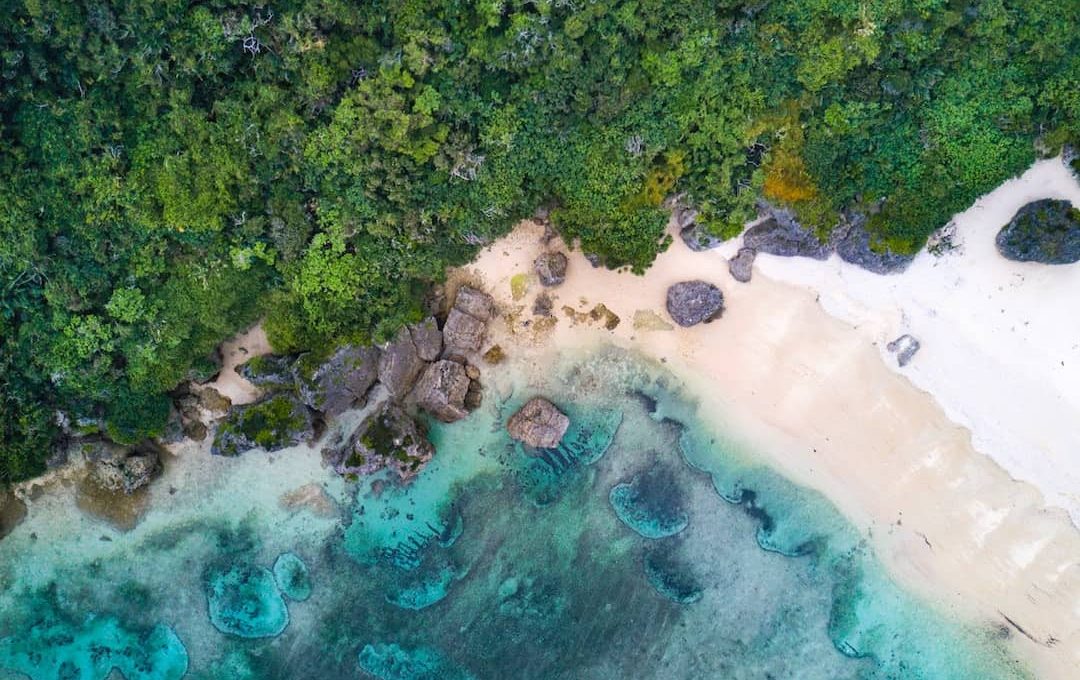
Weather in Mount Fuji
Weather in Mount Fuji by season
Monthly overview of the weather in Mount Fuji
| Month | Avg Temp °C | Avg Temp °F | Rain/Snow |
|---|---|---|---|
| January | -6 to -2 | 21 to 28 | High (snow) |
| February | -7 to -3 | 19 to 27 | High (snow) |
| March | -3 to 3 | 27 to 37 |
Moderate
|
| April | 1 to 8 | 34 to 46 |
Moderate
|
| May | 5 to 13 | 41 to 55 |
Low
|
| June | 10 to 16 | 50 to 61 |
High
|
| July | 12 to 18 | 54 to 64 |
High
|
| August | 13 to 20 | 55 to 68 |
High
|
| September | 8 to 15 | 46 to 59 |
Moderate
|
| October | 2 to 10 | 36 to 50 |
High
|
| November | -3 to 5 | 27 to 41 |
High
|
| December | -5 to -1 | 23 to 30 | High (snow) |
Weather in Mount Fuji by region
Please note that official climbing season is from early July to mid-September
Best time to visit Mount Fuji based on weather
The best time to visit Mount Fuji hinges on what you seek from your journey. For climbers, the official climbing season from early July to mid-September is ideal.
For those looking to capture the beauty of Mount Fuji without the climb, autumn (September to November) provides cool, comfortable weather and the chance to witness the mountain painted in vibrant colors.
Book your Mount Fuji tour on TourRadar TourRadar and experience one of Japan's most unmissable sights.

Packing list for Mount Fuji
Weather phenomena in Mount Fuji
Top-rated operators for Mount Fuji tours
What people ask about Mount Fuji
What's the best season to climb Mount Fuji?
The official climbing season is from early July to early September, when climbing conditions are the safest and the weather warmest.
Can I see the cherry blossoms at Mount Fuji?
Yes, in the spring, you can see cherry blossoms around the Fuji Five Lakes area.
Is Mount Fuji always snowy?
Snow caps the summit from late autumn to early spring, but summer sees the mountain mostly snow-free.
How cold does it get on Mount Fuji?
Temperatures can drop below freezing at the summit even in summer, especially at night.
What should I wear when climbing Mount Fuji?
Dress in breathable layers and wear sturdy hiking boots. Prepare for cold and possible rain, even in summer.
Are facilities open on Mount Fuji during the off-season?
Most facilities are closed outside the July to September climbing season, so plan accordingly.
People also visited
- Botswana Safari
- Trips to Florida
- Enchanting Southern Italy
- 3 Day Uluru Red Centre Kings Canyon (Camping) - From Ayers Rock
- Rome, Florence & Venice
- Best Selling Laos Scenic Tour from Vientiane via Vang Vieng to Luang Prabang with Pak Ou & Kuangsi Waterfall
- Vietnam - 10 Days. Departure every Monday and Sunday from Hanoi

